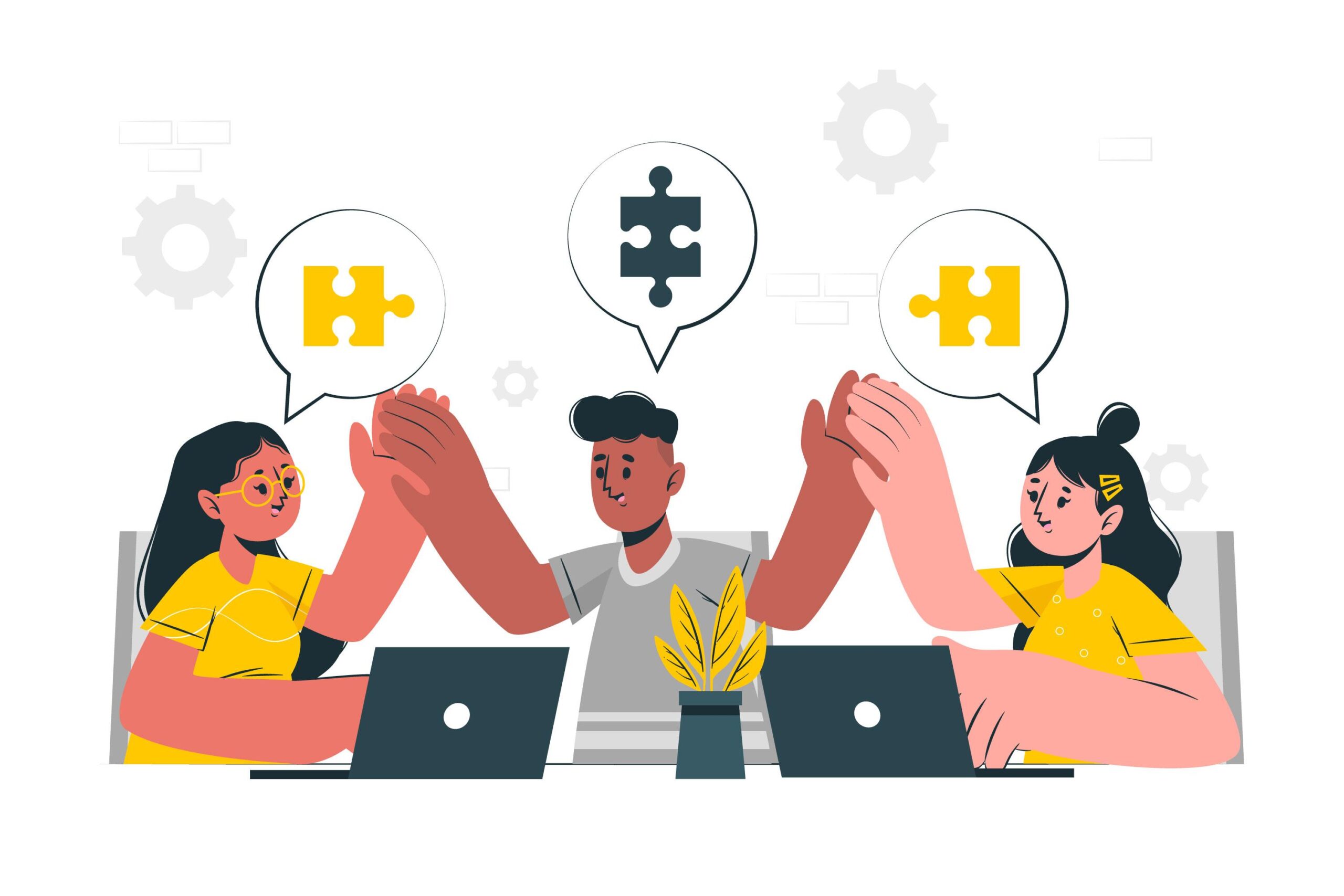Our Services

SEO
Search Engine Optimization (SEO) helps your business get discovered by the right people at the right time. By improving your website’s structure, content, and visibility, we drive organic traffic that grows over time. It's not just about ranking—it's about building trust, relevance, and long-term success. Let SEO work for you, 24/7.
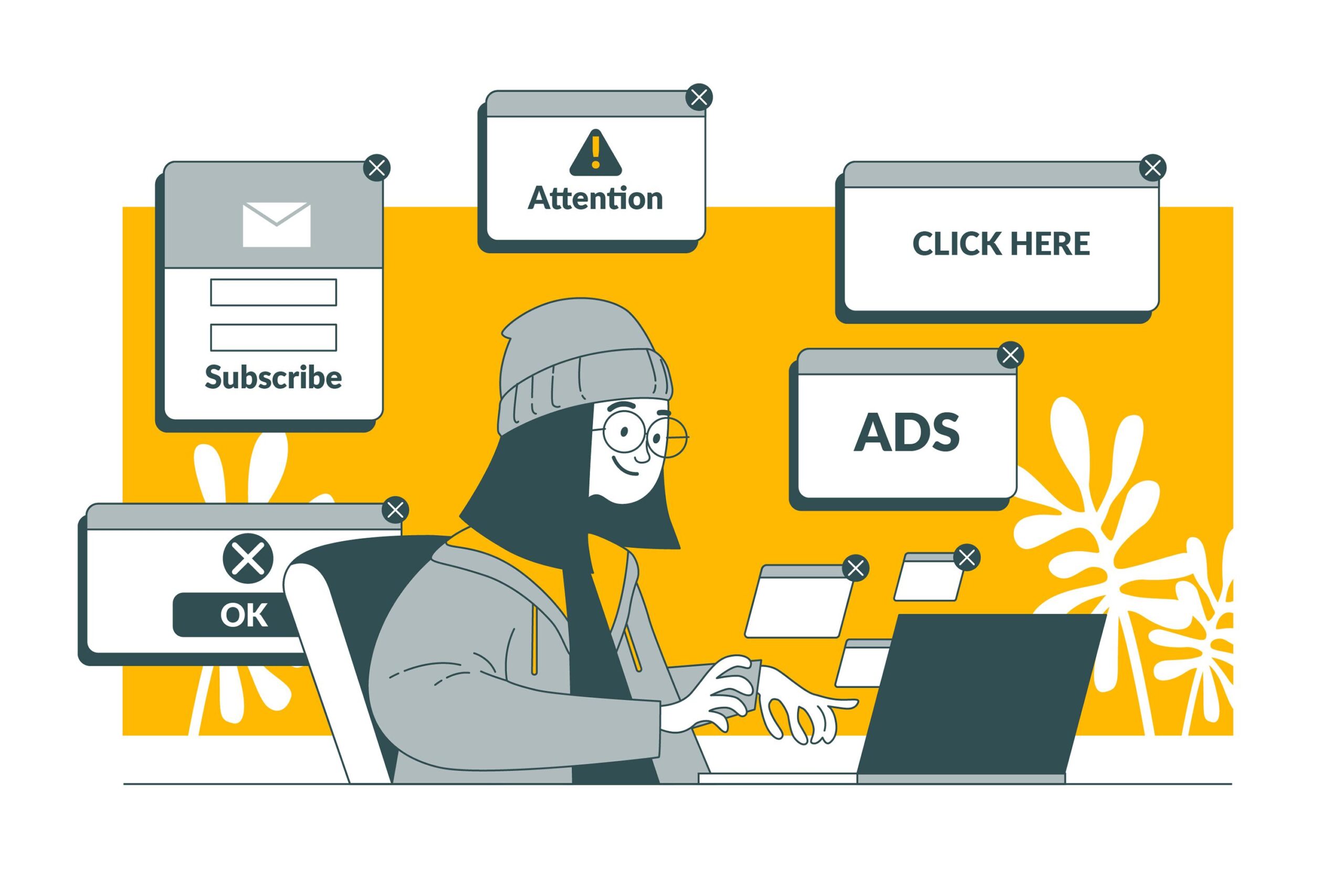
Google Ads
Google Ads puts your business in front of customers exactly when they’re searching for what you offer. With highly targeted campaigns, we help you reach the right audience, drive quality traffic, and get measurable results—fast. Whether you're looking to boost sales, leads, or brand awareness, Google Ads delivers impact with precision. Make every click count with a strategy that works.
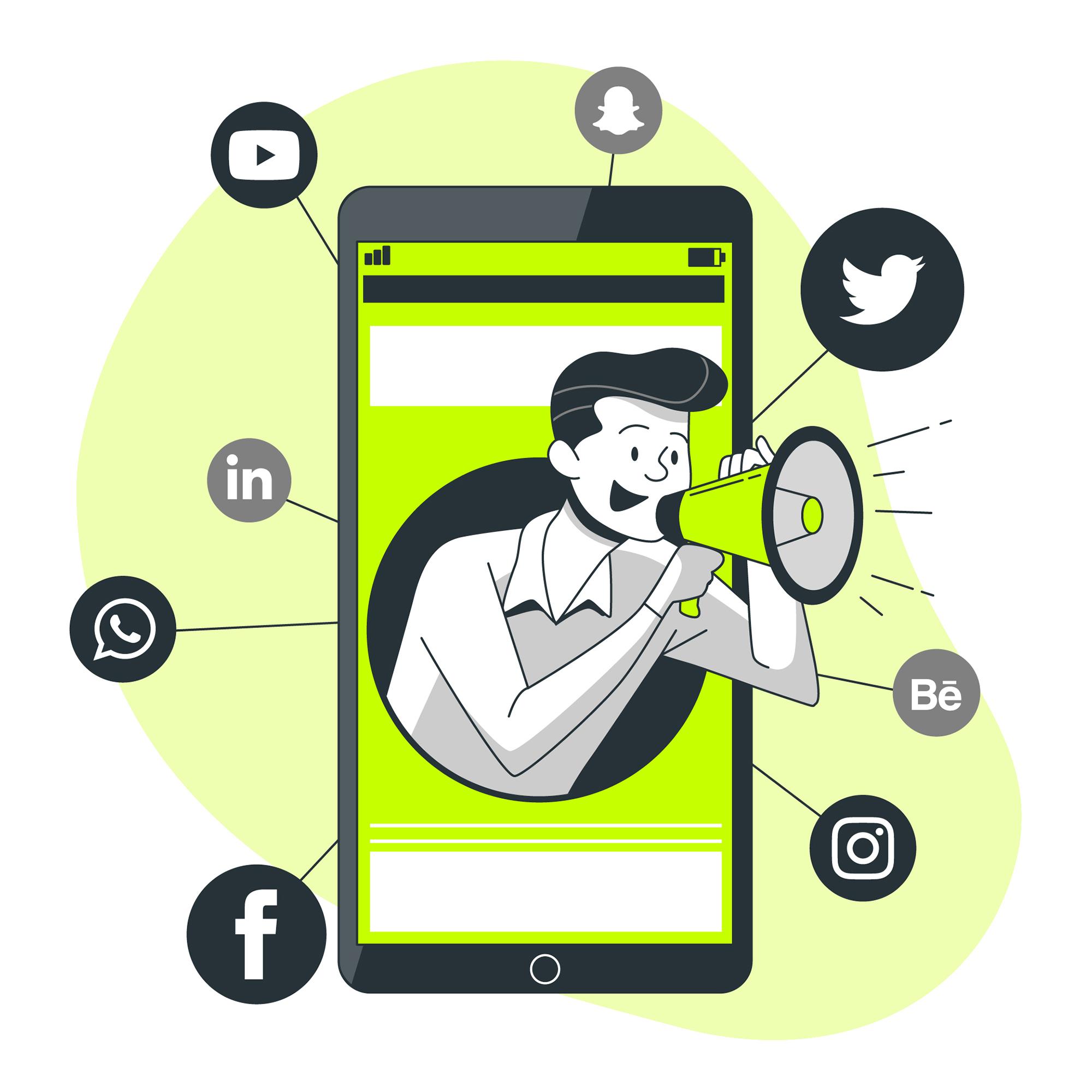
Social Media Marketing
Social Media Marketing helps you connect, engage, and grow where your audience already spends their time. From eye-catching content to strategic campaigns, we turn likes and follows into real brand loyalty and business results. We craft a presence that reflects your brand and drives action.
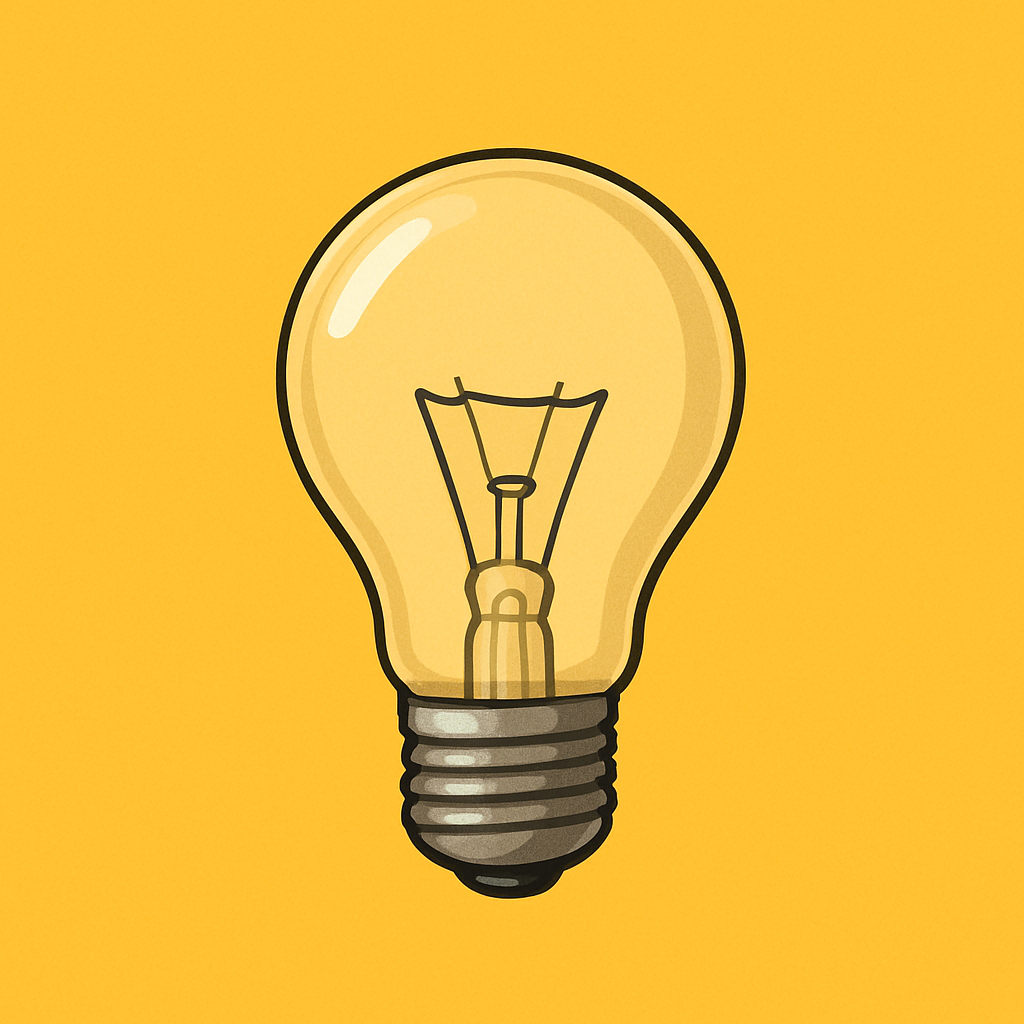
“Digital marketing is not about selling products—it's about creating connections, telling stories, and building trust in a world that never stops scrolling.”
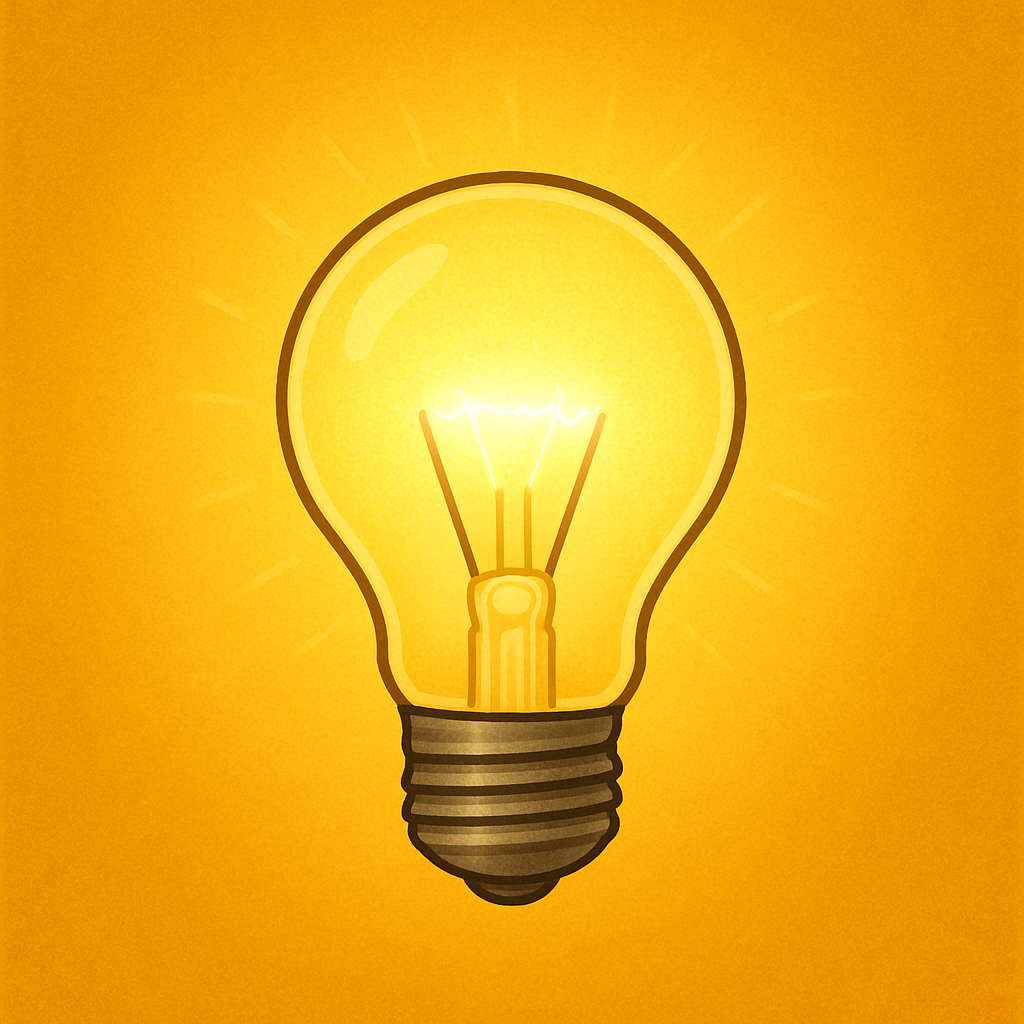
ABOUT US
We’re a team of digital enthusiasts helping businesses like yours stand out online. Let’s turn your website, ads, and socials into real growth engines!
Whether it’s through SEO, Google Ads, or engaging social media campaigns, we craft tailored strategies that connect you with the right audience. Our focus is on results—more visibility, more traffic, and more customers for your business. Let’s work together to turn your digital presence into your strongest asset!
